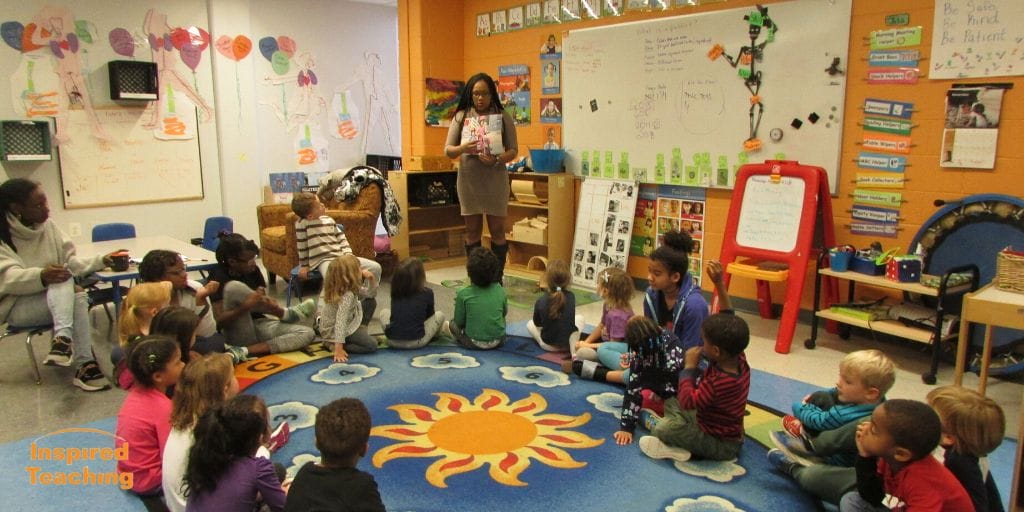The following activity is part of a series we’re creating to support students, teachers, and caregivers, during this unprecedented time. Read more about the project here. If you try this activity with your student(s), we’d love to see what you do. Share your journey via the #Inspired2Learn hashtag on your preferred social platform.
Created by: Pax Linson
Discipline: Literacy
Age level: Elementary, but also good for all ages!
Time: As long as you like.
Materials: Books, articles, e-books, etc.
One of the best things you can do to keep literacy alive and well both in and outside the classroom is to read aloud. Educators and researchers agree it’s vital to building strong readers, writers, and learners who love to read and write.
When you’re reading with your young learners at home, remember the point is to engage them in language and with language; not letters, not reading; language! Oral language is an emergent literacy skill. Use audio books if needed, but literacy is acquired best in relationship – so read to your kids (big kids, too, through high-school with the right material!) and facilitate lots of opportunities for children to read to each other. Read alouds are done best with real books, but downloaded e-books can certainly be used.
Remember – pictures are as important as the words for the young ones – let them describe the pictures to you, make predictions, (What will happen on the next page?), and tell their own stories from the pictures if they want. The very act of learning to turn the pages and follow a story’s flow is a foundational skill in learning to read.
Worried about stopping the story too often? Take a cue from your learners! Most of the time, with most young children, it’s best to read a new or new-ish story all the way through, stopping when THEY stop you, or to re-engage them if they look bored.
And consider the environment in which you read. A bedroom or living room is great. So is a front porch or backyard. As early childhood expert Bev Bos reminds us, “Anything you can do indoors, you can do outdoors – and better!”
Here are a few insights from author Mem Fox about how to foster joy in the read-aloud experience:
- Read at least three stories a day: it may be the same story three times. Children need to hear a thousand stories before they can begin to learn to read. Or the same story a thousand times!
- Read aloud with animation. Listen to your own voice and don’t be dull, or flat, or boring. Hang loose and be loud, have fun and laugh a lot.
- Read with joy and enjoyment: real enjoyment for yourself and great joy for the listeners.
Read her full list of Ten Read-Aloud Commandments here.
Inspired Teaching Connection
The read-aloud is a beautiful way to experience joy and mutual respect between the listener and the reader. By paying close attention to one another both parties can learn something in the process. Asking questions that gauge understanding and deepen thinking during a read-aloud is also an excellent way to tap into intellect, inquiry, and imagination.
See our instructional model here.

